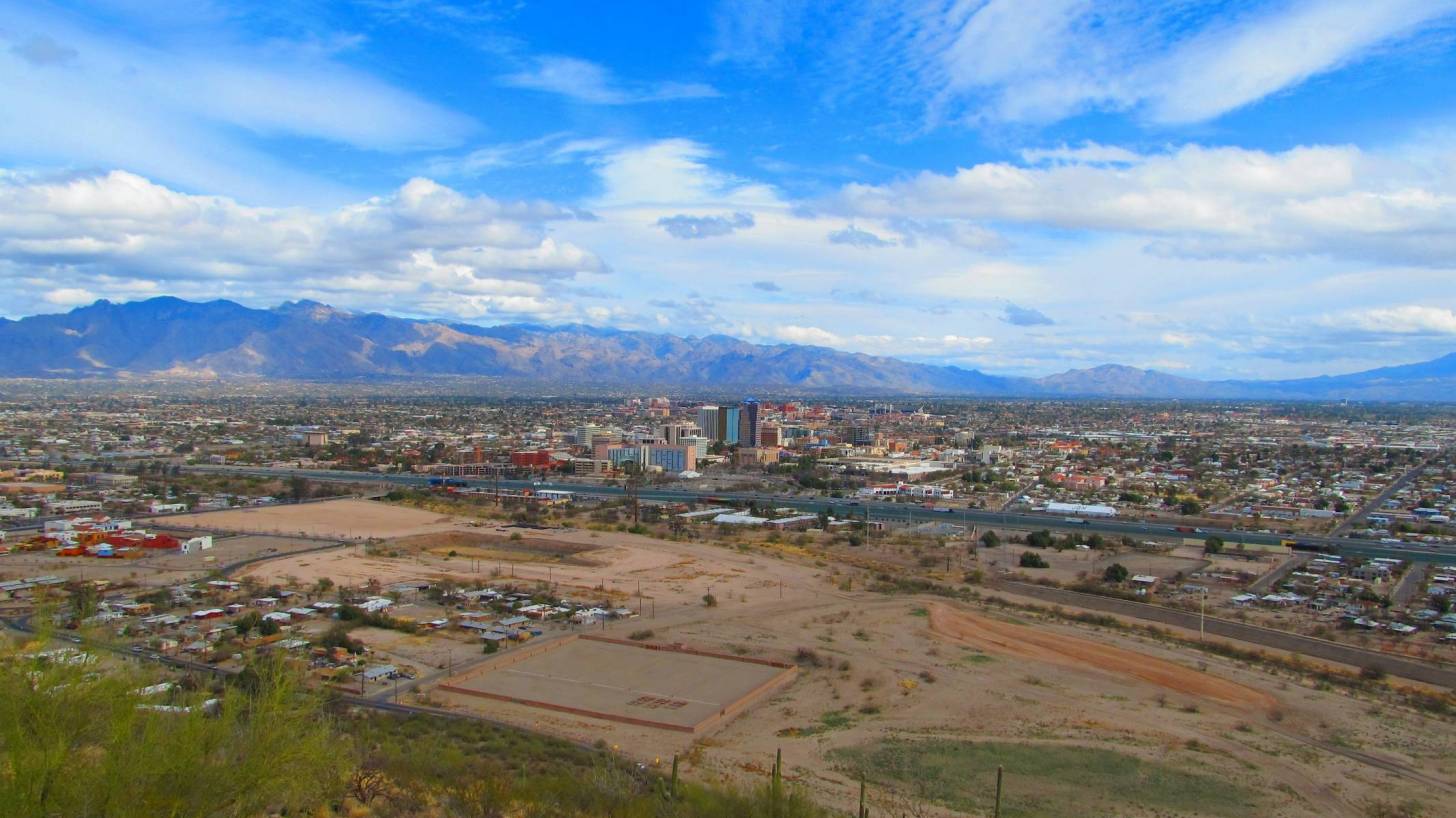Valley Fever Found in AZ, CA, UT and Texas

Outbreaks of Valley fever have reached into new geographic areas, where healthcare providers may not be on alert.
New research has identified 12 previous outbreaks in Arizona, California, Utah, and Texas.
In highly endemic areas such as Phoenix and Tucson in Arizona, Valley fever causes an estimated 15% to nearly 30% of community-acquired pneumonia.
But, low testing rates suggest that Valley fever may be under-recognized, said these researchers.
These researchers urged healthcare providers and pharmacists to be on the lookout for Valley Fever symptoms in patients who have lived in or traveled to endemic areas.
This study found the overall incidence of Valley fever in 2011 was 42.6 cases per 100,000 population, with the greatest among seniors, aged 60-79 years.
Traditionally, Valley fever, which is clinically called coccidioidomycosis, has been endemic in the American Southwest, south-central Washington, northern Mexico and other parts of Latin America, says the Centers for Disease Control and Prevention (CDC).
Valley fever/coccidioidomycosis is an infection caused by the fungus Coccidioides. The fungus is known to live in the soil.
It’s very difficult to avoid breathing in the fungus Coccidioides in areas where it’s common in the environment.
The disease causes influenza-like symptoms including a cough, shortness of breath, fever, and fatigue. However, the fungus that causes Valley fever can’t spread from the lungs between people or between people and animals, reports the CDC.
Although most cases of Valley fever are sporadic, outbreaks provide insight into the clinical and environmental features of coccidioidomycosis, and the geographic range of Coccidioides fungi.
Approximately 10,000 coccidioidomycosis cases are reported in the United States annually through reportable disease surveillance, and the substantial year-to-year variation that occurs reflects changing environmental conditions and testing practices.
For many people, Valley fever symptoms dissipate within a few months without any treatment.
For others, healthcare providers can prescribe an antifungal medication to reduce the severity of symptoms or prevent the infection from getting worse. The treatment is usually 3 to 6 months of fluconazole or another type of antifungal medication.
Currently, there is no vaccine to prevent Valley fever, but scientists have been trying to make one since the 1960s. Scientists have tried several different ways to make a Valley fever vaccine.
During 2017, DxNA LLC announced the FDA approval to market its molecular test for rapid detection of Coccidioidomycosis / Valley fever using DxNA’s GeneSTAT.MDx Coccidioides test.
This test provides for the availability of molecular testing for the disease at clinical laboratories and healthcare facilities where patients with the disease are primarily seen rather than requiring specimens to be sent to reference laboratories.
In the United States, vaccines can help protect against some of the bacteria and viruses that can cause pneumonia. These vaccines include:
- Pneumococcal
- Haemophilus influenza type b (Hib)
- Pertussis (whooping cough)
- Varicella (chickenpox)
- Measles
- Influenza (flu)
If you have Valley fever, you should talk to your healthcare provider or pharmacist about whether you need treatment.
These researchers did not report conflicts of interest. Michael Freedman, Brendan R. Jackson, Orion McCotter, and Kaitlin Benedict Author affiliations: Children’s Hospital of Pittsburgh, Pittsburgh, Pennsylvania, USA (M. Freedman); Centers for Disease Control and Prevention, Atlanta, Georgia, USA (B.R. Jackson, O. McCotter, K. Benedict)
Our Trust Standards: Medical Advisory Committee


